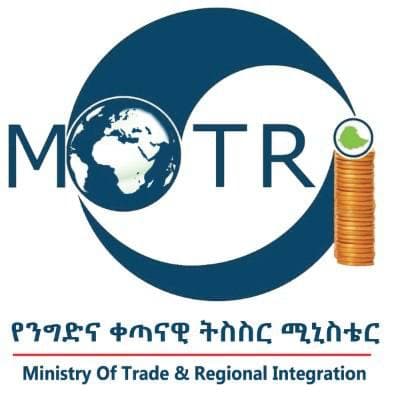
Ethiopia’s trade performance over the past nine months showed positive signs, though falling short of initial targets. The country aimed to achieve USD 3.562 billion in foreign trade revenue, but only reached USD 2.541 billion, representing 71.34% of the goal.
Similarly, the Ministry of Trade and Regional Integration (MoTRI) targeted USD 816 million from monitored products, a category that tracks specific goods, but managed to generate USD 700 million, reaching 85.57% of its target. Among other factors, officials attribute this performance to ongoing reforms that help the Ministry address operational challenges, making it a more efficient trading center and facilitating export growth.
Despite missing the initial goals, the Ministry highlights a significant increase in the supply and trade of key commodities. Over the period, a substantial amount of oilseeds (210,717.66 tons) and pulses (457,713.38 tons) were supplied and traded. This translates to a combined output of 668,431.04 tons.
Earlier this month MoTRI announced that it was taking a multi-pronged approach to boost Ethiopia’s foreign exchange earnings. Its strategy centers on increasing the volume of exports, diversifying the products exported, and raising quality standards. The government also plans to introduce new export products and improve quality.
Ethiopia also opened its doors to foreign investors allowing them to engage in the export, import, wholesale, and retail trade sectors. Foreign investors can now participate in most of these trade activities except fertilizer and petroleum trades, which will remain under government control.
Source: Ministry of Trade and Regional Integration
Additional source: 2Merkato Archives
